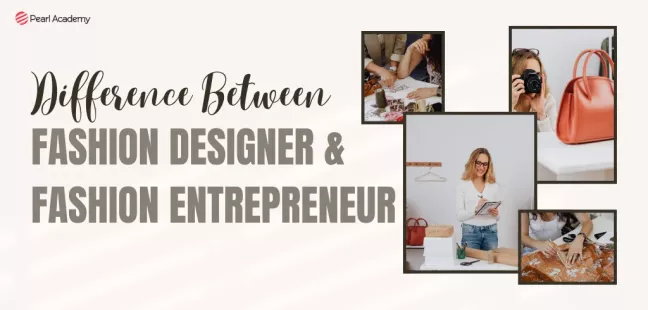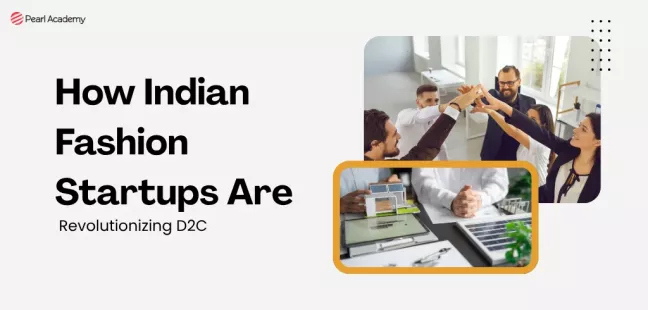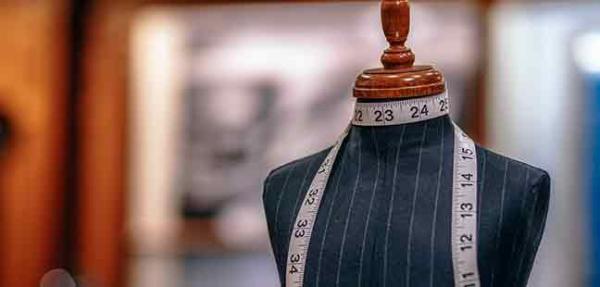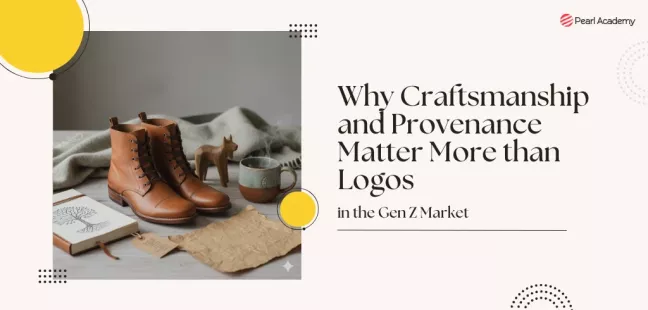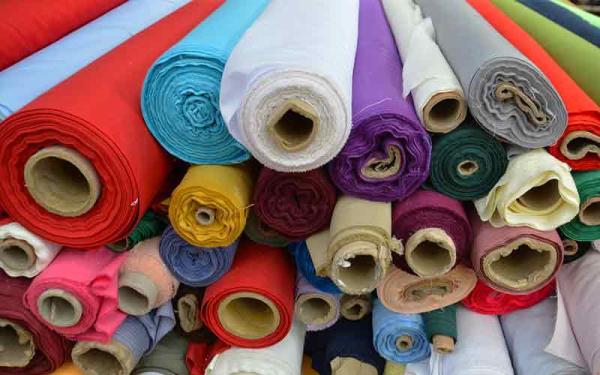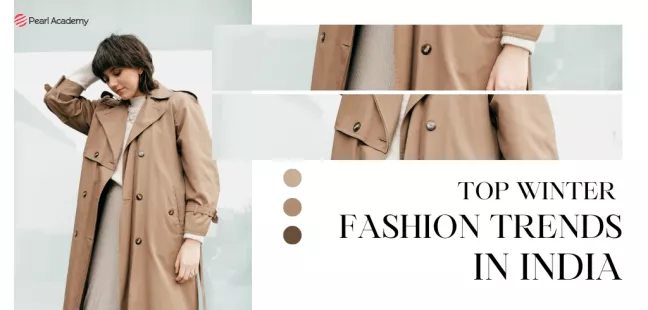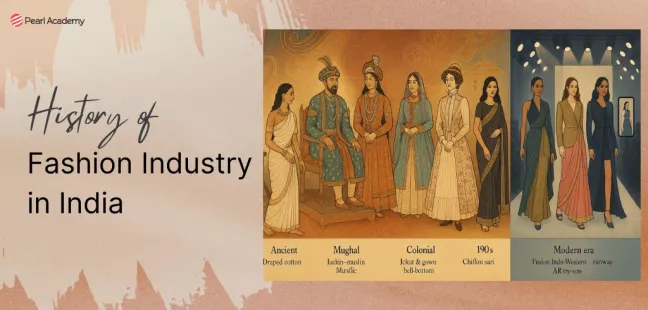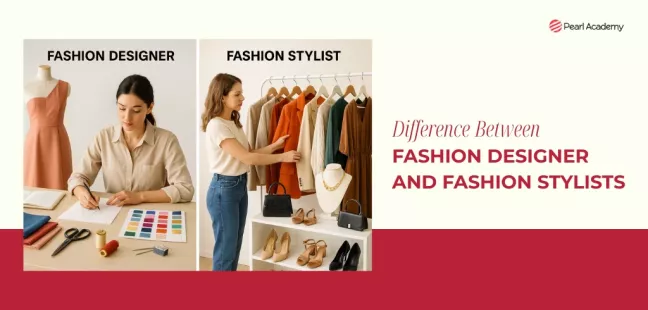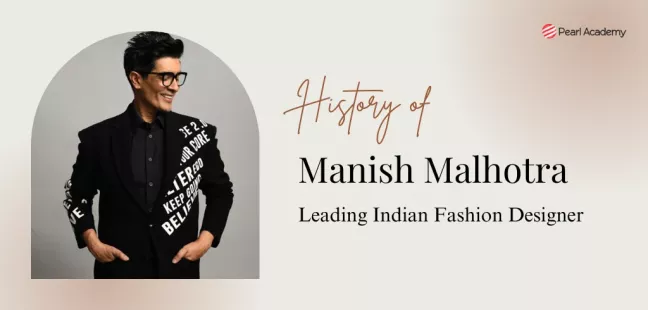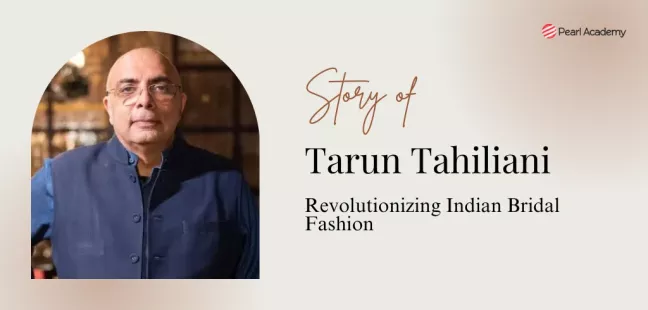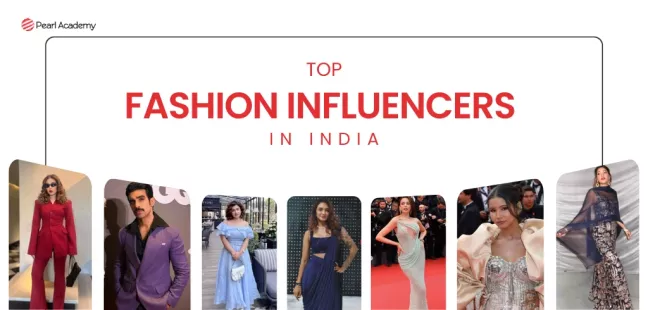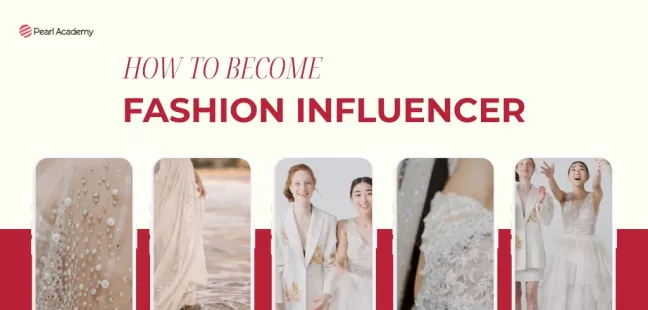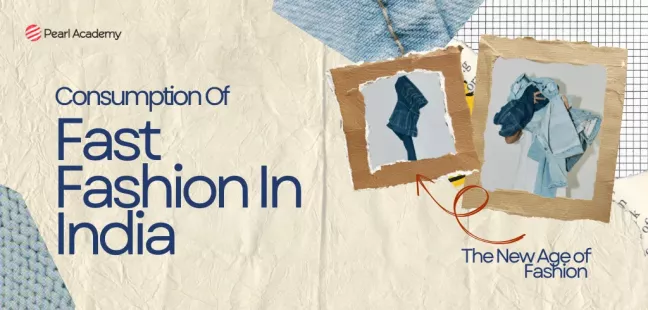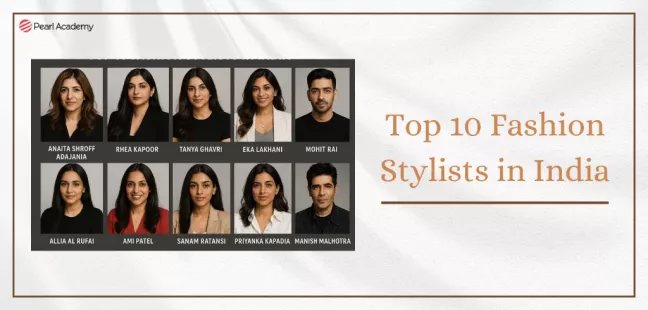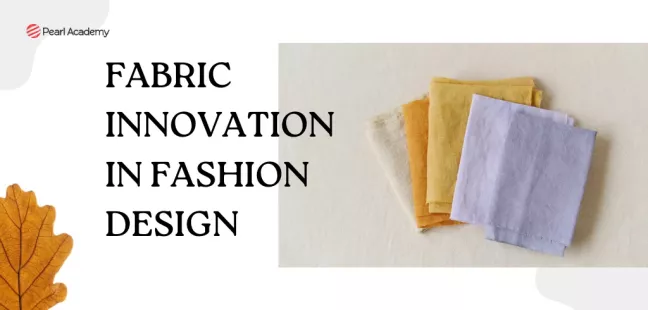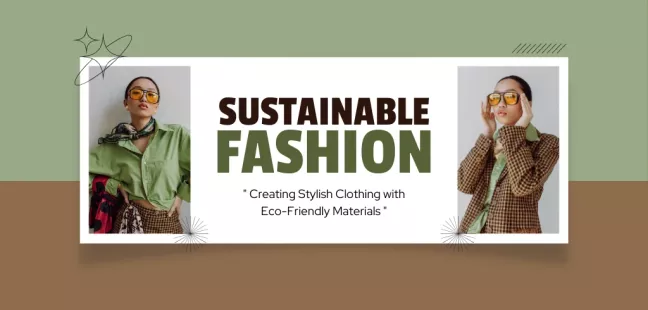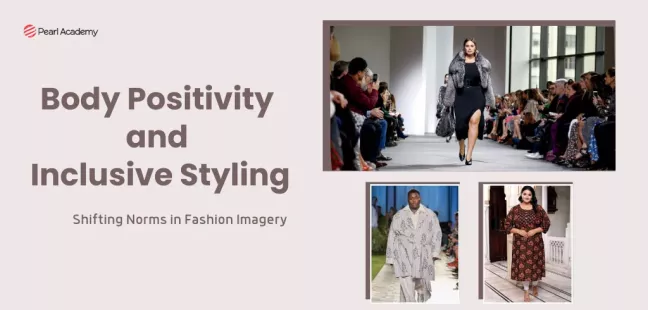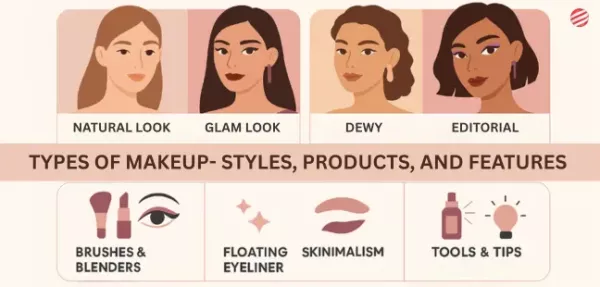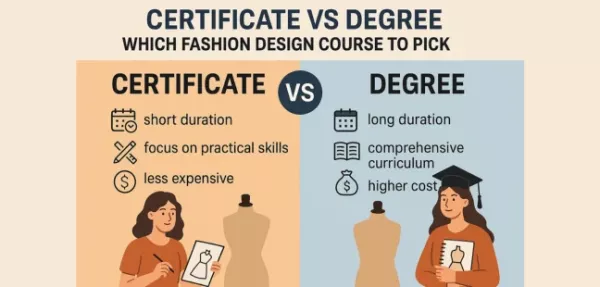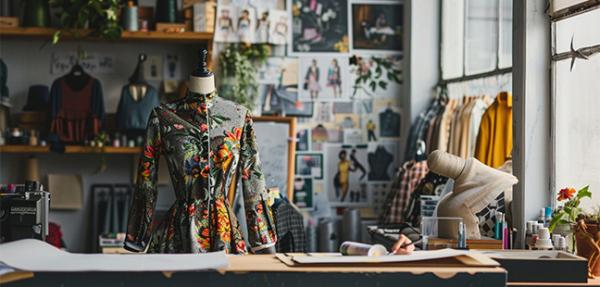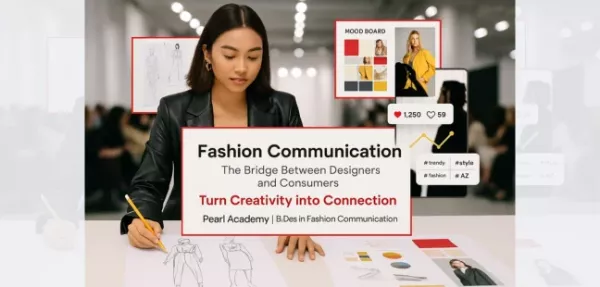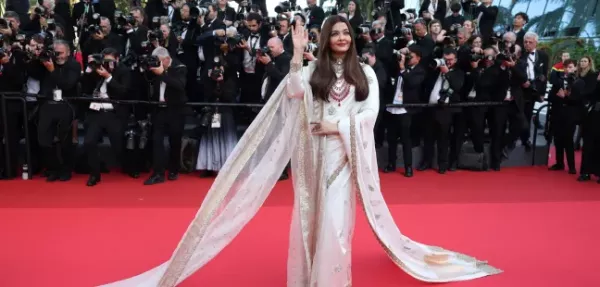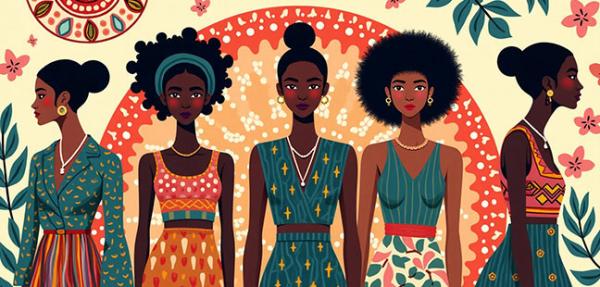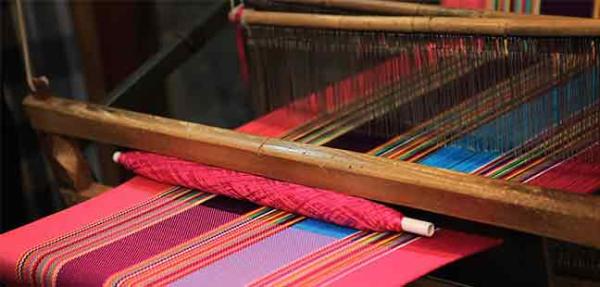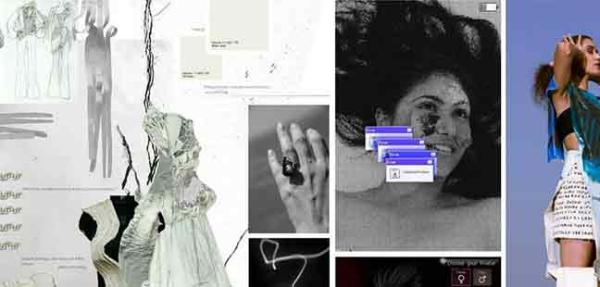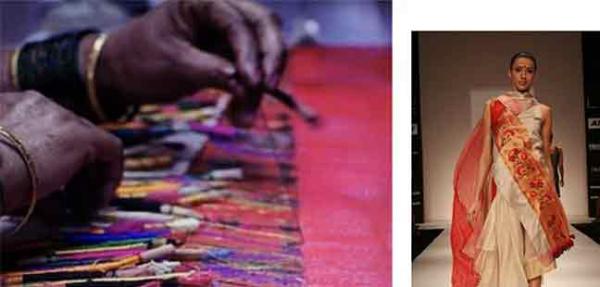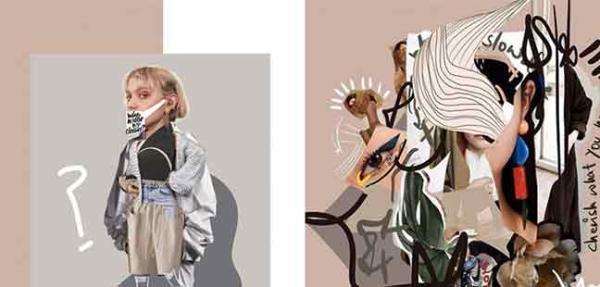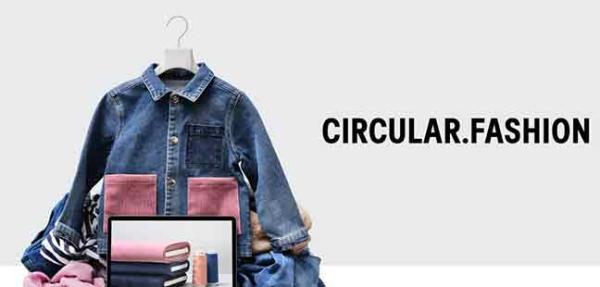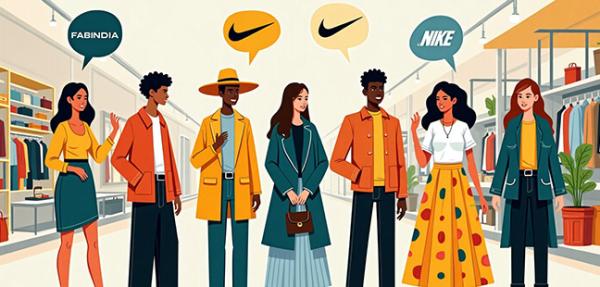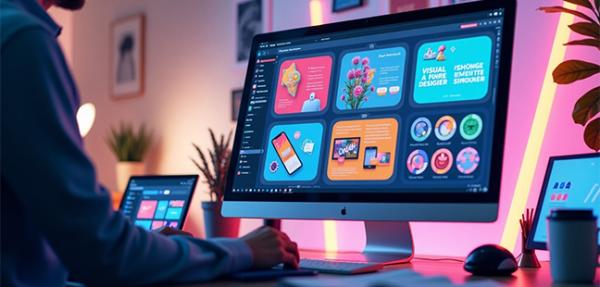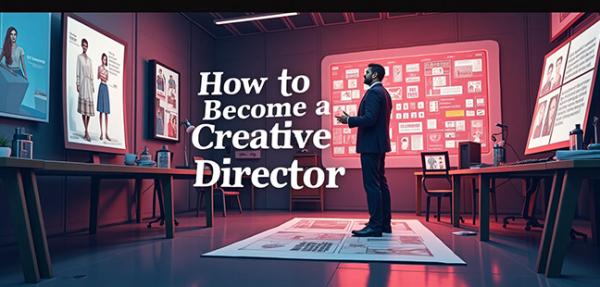Geopolitics and Luxury Supply Chains: Navigating instability in 2025
- Archana Puri
- Published 13-Nov-2025
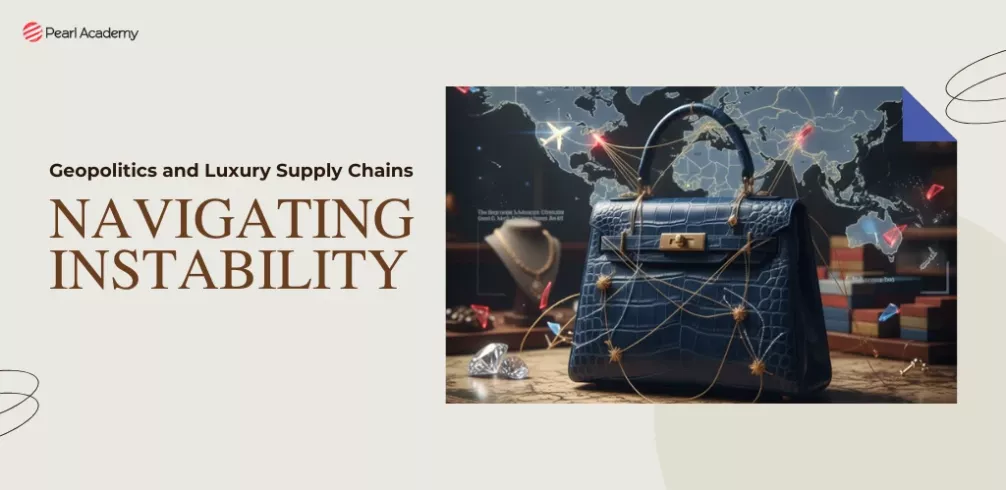
As global trade routes buckle under the weight of rising conflicts, shifting alliances, and economic rivalries, luxury brands once synonymous with effortless sophistication and timeless craftsmanship are awakening to a new reality. Their most valuable asset is no longer just artisanal mastery or brand heritage but resilience - the ability to adapt swiftly, anticipate disruptions, and reinvent supply networks in an increasingly unstable world.
The glittering façade of luxury now conceals a complex web of challenges: sourcing rare materials across fractured markets, navigating unpredictable tariffs, and maintaining the integrity of craftsmanship while rethinking sustainability and ethical practices. In this volatile environment, resilience is emerging as the true marker of modern luxury — the invisible thread that holds together creativity, continuity, and credibility.
Become future-ready with our Fashion Programs
Know MoreThe New Reality: Fragmented Trade and Fragile Trust - In the post-pandemic recovery era of 2025, luxury brands and their supply chains will navigate a far more turbulent geopolitical environment. Being long dependent on finely tuned, low-cost manufacturing ecosystems and seamless global logistics, the global luxury goods industry now faces structural hurdles due to trade fragmentation, resource nationalism, and mounting regulatory pressure. As such, the question of how luxury supply chains adapt in this new era of instability is essential for forming long-term strategic policies and resilience.

Luxury Supply Chains Are Feeling the Heat - Geopolitical fragmentation has a profound impact on luxury supply chains. Trade blocs are shifting, tariffs and export controls are proliferating, and supply chain visibility is under stress. As one recent analysis argues, “geopolitics is deeply reshaping global trade blocs. The growing trade protection, fragmentation of trade blocs, and geopolitical tensions are causing disruptions and uncertainty in global supply chains” (Miller). This means that luxury brands that previously enjoyed sourcing from low-cost regions must now contend with increased uncertainty regarding inputs, logistics, and regulatory compliance.
The luxury industry is beginning to feel the strain as the world’s political and economic fault lines deepen. Bain & Company forecasts a 2–5% contraction in the global personal luxury goods market in 2025, with supply chain turmoil emerging as one of the chief culprits (Bain). What once worked for mass consumer goods—large-scale, cost-driven sourcing—is no longer tenable for luxury. The sector, defined by quality, symbolism, and exclusivity, can ill afford even minor cracks in its supply networks.
At the same time, the very nature of risk is shifting. As Maersk observes, we’ve entered a “new normal” of overlapping disruptions—conflicts, regulatory shake-ups, environmental crises, and rapid tech changes—that are rewriting the rules of global logistics (Maersk). For luxury brands, whose identity rests on artisanal skill, rare materials, and flawless timing, the challenge is no longer about cutting costs but about cultivating resilience. Agility, diversification, and strategic foresight are now the new currencies of luxury—quietly defining which brands will endure, and which may unravel, in this age of instability.
Resilience Over Efficiency: A Strategic Shift
Diversified Sourcing: Luxury brands should contemplate implementing a 'China +1' or even 'China +many' approach, exploring alternatives like near-shoring or friend-shoring to prevent reliance on a single nation or region for resources such as leather, exotic skins, fine metals, or high-quality textiles. For example, Hermès has diversified its sourcing of exotic leathers from various countries to mitigate dependence on any single market. Similarly, Gucci's digital tracking initiative ensures the traceability of raw materials across different continents, highlighting an increasing trend towards technology-driven transparency.
Supply-chain visibility and digitalisation: Luxury brands need to establish strategies to foresee upcoming disruptions and invest in comprehensive traceability systems to minimise these disruptions, especially in an era marked by regulatory scrutiny concerning origin, sustainability, and the enhancement of human rights practices (We Forum).
Blockchain and Supply Chain Transparency: In the new era of supply-chain resilience, blockchain technology is emerging as a powerful enabler of transparency and trust. For luxury brands, where provenance and authenticity define value, blockchain offers a tamper-proof way to trace every stage—from raw material to finished product. By recording transactions on decentralised ledgers, brands can assure customers of ethical sourcing, verify the authenticity of rare materials, and comply with evolving global regulations on sustainability and human rights.
For instance, LVMH’s Aura Blockchain Consortium, used by brands like Louis Vuitton and Bulgari, allows consumers to scan a product and access its entire production history, reinforcing both transparency and exclusivity. In times of geopolitical fragmentation, such digital trust systems not only mitigate risk but also strengthen brand credibility, giving luxury a new kind of permanence—rooted in data integrity as much as design excellence.
Strategic inventory & logistics design: Luxury now may need to build buffers, maintain dual-sourcing, and redesign logistics flows to account for trade-route risk, sanctions and sudden tariff shocks. Deliveries play a crucial role in shaping customer satisfaction within luxury supply chains, especially amid the geopolitical instability of 2025. Timely and reliable delivery ensures that the premium value and exclusivity associated with luxury brands are preserved, reinforcing brand credibility and customer trust. For example, Louis Vuitton’s investment in advanced logistics technology enables real-time tracking of shipments, allowing the brand to proactively address potential delays and maintain delivery commitments even amid geopolitical disruptions.
In a landscape marked by fragmented trade routes, tariffs, and regulatory challenges, luxury brands must redesign logistics flows and build strategic buffers to mitigate risks of delays or disruptions. Prioritising resilience and agility in delivery systems, luxury brands can maintain high customer satisfaction and uphold their symbolic and premium positioning in the market.

Student Guidance Center: Our Counselors are Just a Click Away.
Conclusion
By 2026, luxury supply chains will prioritise resilience and adaptability over mere cost reduction, reflecting a strategic shift driven by increasing global uncertainties. (Koray et al., 2025) This evolution requires luxury brands to build robust, flexible networks capable of responding swiftly to disruptions such as geopolitical tensions, pandemics, and fluctuating trade policies. Emphasising strategic sovereignty, brands will seek greater control over key supply chain components, including sourcing, manufacturing, and distribution, to safeguard their operations from external shocks. This approach not only ensures continuity but also reinforces the exclusivity and reliability that luxury consumers expect (Karanam et al., 2024).
Moreover, a globally agile supply chain enables luxury brands to sustain their international presence and respond effectively to region-specific demands and regulations. Ultimately, this strategic transformation aligns supply chain management with the broader luxury brand ethos, securing long-term competitiveness and prestige in a volatile global market.
In redefining resilience, luxury brands are, in fact, rediscovering their timeless essence — exclusivity not through rarity of materials alone, but through mastery of adaptation.
Archana Puri
Archana Puri is a design professional and academic with 20+ years’ experience across apparel design, manufacturing, entrepreneurship and higher education. An alumna of NIFT Delhi, she specialises in Design Management, Pattern Making and Garment Construction, with a strong interest in Indian crafts and their contemporary revival. Currently an Associate Professor and PhD scholar, she mentors young designers and champions sustainable, craft-led fashion education.
Tags
- #Fashion
Pearl Admission Enquiry
Trending Post
-
![https://pearlwebsitecdn-prod-d8bgbfaqbgcghcfw.a01.azurefd.net/drupal-files/2025-11/Top-fashion-desiging-colleges-in-india-3.webp https://pearlwebsitecdn-prod-d8bgbfaqbgcghcfw.a01.azurefd.net/drupal-files/2025-11/Top-fashion-desiging-colleges-in-india-3.webp]()
-
![https://pearlwebsitecdn-prod-d8bgbfaqbgcghcfw.a01.azurefd.net/drupal-files/2025-11/Whats-the-Difference-Between-a-Fashion-Designer-a-Fashion-Entrepr-3.webp https://pearlwebsitecdn-prod-d8bgbfaqbgcghcfw.a01.azurefd.net/drupal-files/2025-11/Whats-the-Difference-Between-a-Fashion-Designer-a-Fashion-Entrepr-3.webp]()
What’s the Difference Between a Fashion Designer & a Fashion Entrepreneur?
2025-11-08By Editorial Team
-
![https://pearlwebsitecdn-prod-d8bgbfaqbgcghcfw.a01.azurefd.net/drupal-files/2025-10/How-Indian-Fashion-Startups-Are-Revolutionizing-D2C-3.webp https://pearlwebsitecdn-prod-d8bgbfaqbgcghcfw.a01.azurefd.net/drupal-files/2025-10/How-Indian-Fashion-Startups-Are-Revolutionizing-D2C-3.webp]()
Subscribe to Pearl Blogs
By clicking the "Subscribe" button, I agree and accept the privacy policy of Pearl Academy.











